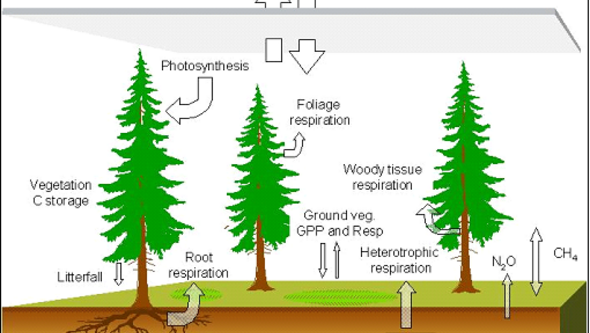Följemaden - forest
The Skogaryd Research Catchment sub site Följemaden was recently a forest on drained fertile organic soils with high GHG emissions. Följemaden has now been divided in two sections and transformed into a rewetting experiment with a drained control site.
Ecosystem
Originally a riparian fen, Följemaden was drained in the 19th century for agricultural purposes. This was later abandoned during the 1950s when the site was planted with spruce. The 1st generation Norway spruce forest was harvested in 2019. After clear cut, half of the site was replanted with spruce, while the other half was rewetted in 2022. The plastic barrier that separates the two sites stretches across the area to sever ground water connection. The planted area acts as a business-as-usual control. The rewetted area has also been divided into parts where areas of pine, birch and alder have been planted in separate sections. This planted area is protected from grazers and browsers by fencing. The main portion of the rewetted area regenerates vegetation naturally.
Measurements
There are three eddy covariance towers at Följemaden. One located on the replanted area, one located in the rewetted area where alder has been planted, and one located on the main rewetted area without forest plantation. The aim is to measure net emissions of greenhouse gases (CO2, CH4, N2O, H2O) at the three towers. In addition to the towers, chamber measurements to capture greenhouse gases have been deployed with varying frequency. This includes an automatic 2D-Skygas system and an automatic chamber system. Water discharge and water chemistry is measured at the in- and outflow of the two sites. The water table depth is measured across the rewetted site with automatic loggers. Spectral and phenological cameras are also in operation.

Infrastructure
Boardwalks; electric power and fibre optic internet connection; masts.
